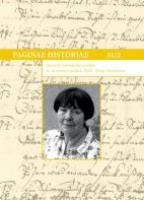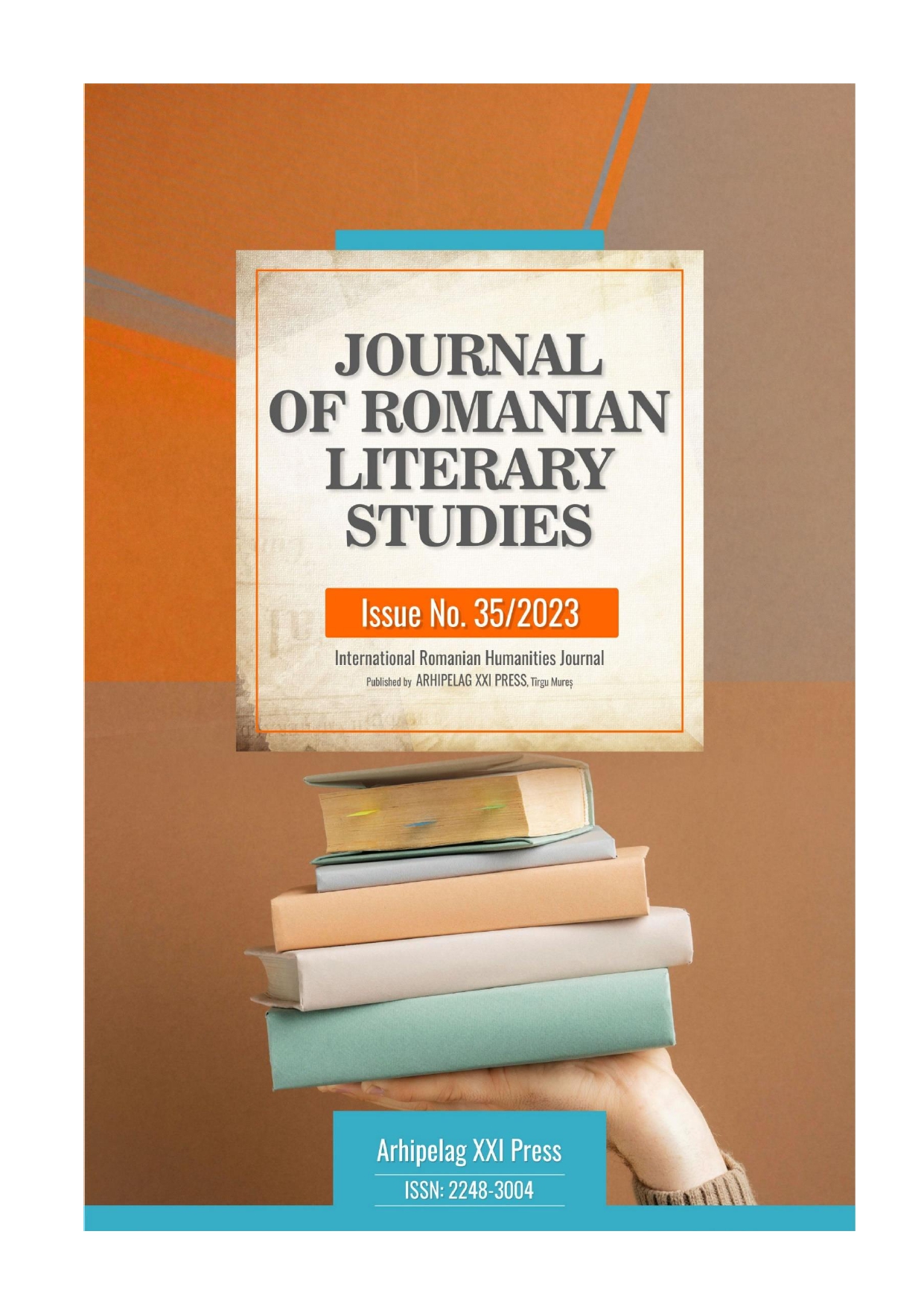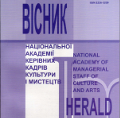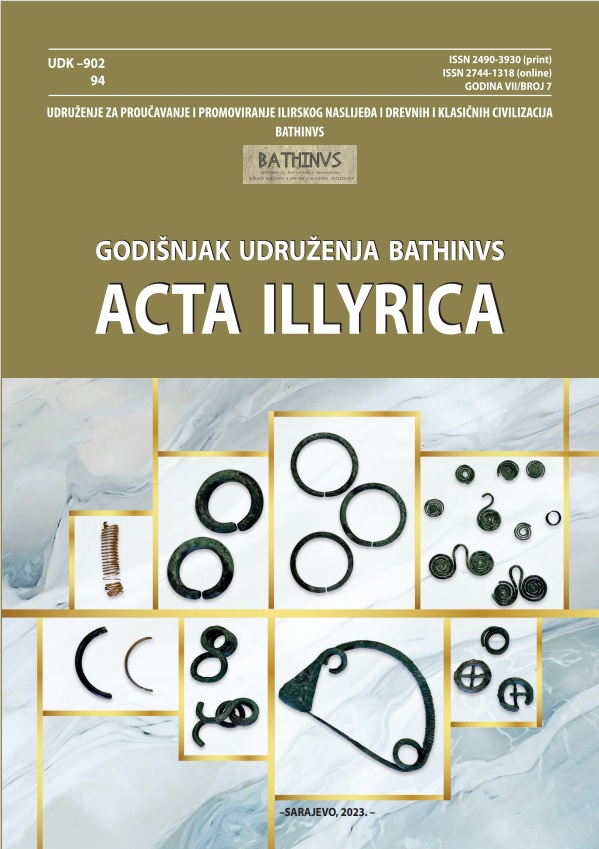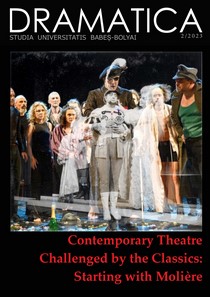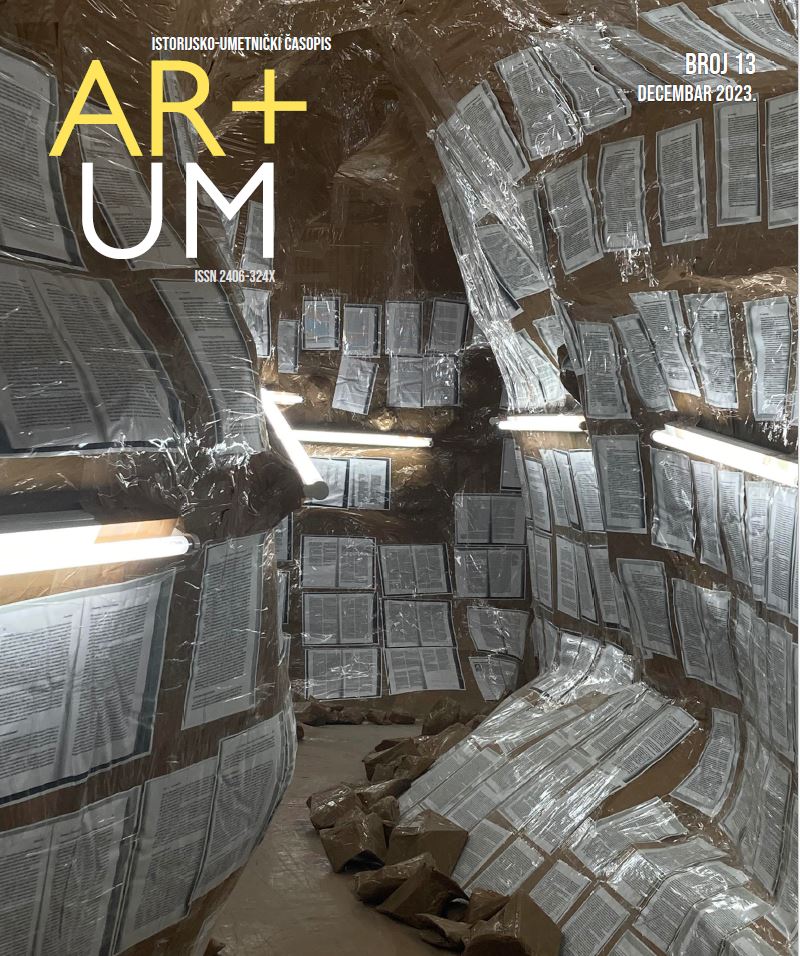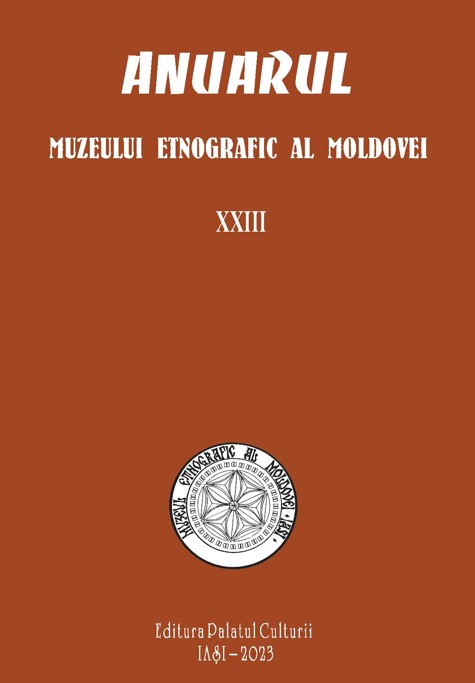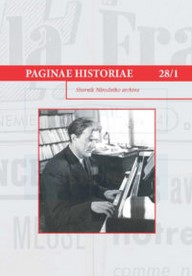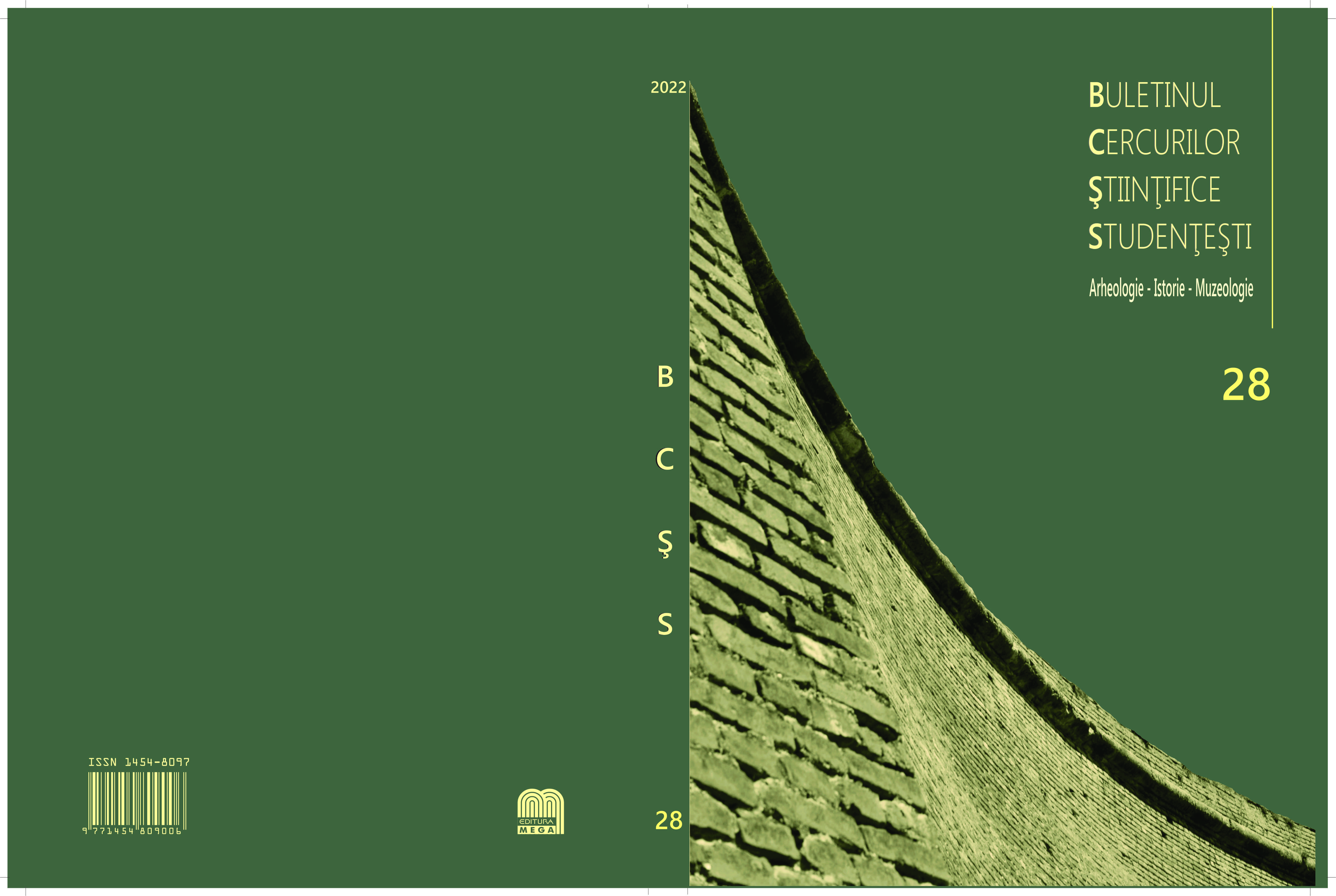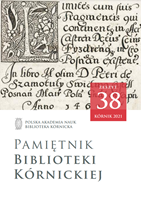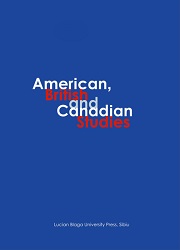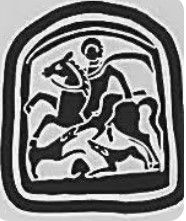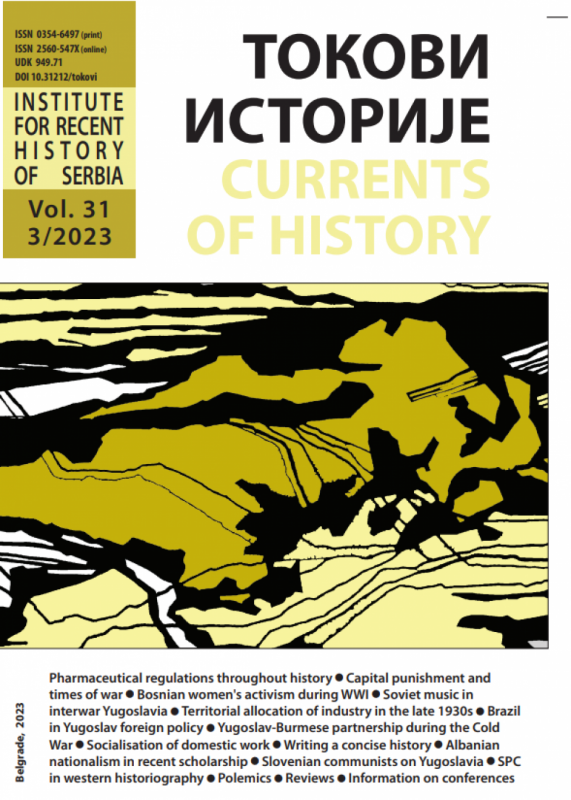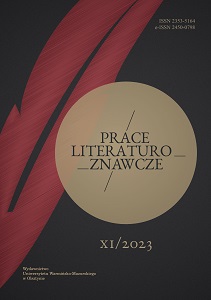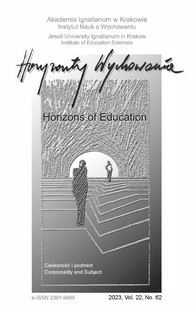
Images of the Body and Corporeality of Indigenous Australians at the Dawn of the 21st Century (Based on Bruce Chatwin’s Perspective and Selected Films)
RESEARCH OBJECTIVE: The research objective of this article is to examine what image of Indigenous Australians emerges from Bruce Chatwin’s well-known novel The Songlines (1987/2008) and selected films produced at the turn of the twentieth and twenty-first centuries also dealing with Australian Aboriginal culture. THE RESEARCH PROBLEM AND METHODS: The analysis of the literary and cinematic work will be carried out here from an anthropological and postcolonial perspective, and is also part of a broadly defined somapoetics. THE PROCESS OF ARGUMENTATION: In the first part, the author focuses on the way female and male characters are portrayed. In the second part, he analyses more complex portraits, those of artists, hunters, ‘actors’ and strong personalities, before concluding with the theme of death. RESEARCH RESULTS: When analysed, Chatwin’s novel appears to be a text with many omissions, presenting a selective image, marked by the author’s ethnocentrism and his insufficiently insightful approach to cultural differences. Earlier films also fail to portray these in a credible way. Later films, however, not only deepen the understanding of historical and contemporary conditions, but also give the floor to representatives of this oldest culture in the world. CONCLUSIONS, INNOVATIONS AND RECOMMENDATIONS: The conclusions of the analysis of the material studied encourage a more critical reading of Chatwin’s novel. They also point to films depicting Indigenous Australians in a way that is free of postcolonial context, their different sensibilities and corporeality.
More...
